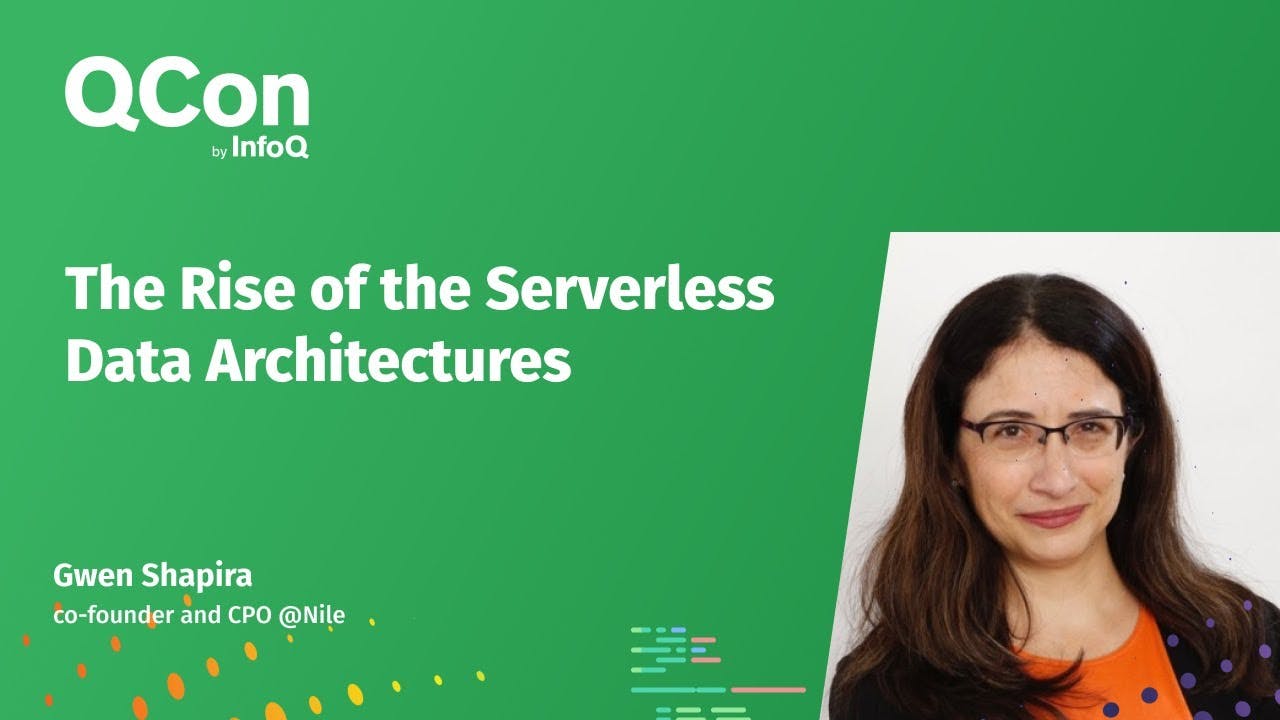The Rise of the Serverless Data Architectures
19 Feb 2024 (almost 2 years ago)

Serverless Databases
- Serverless databases have gained popularity due to advancements in distributed systems and the rise of serverless functions.
- Key challenges in building serverless databases include elasticity, requiring automatic scaling and resource provisioning.
- Different architectural decisions shape serverless database design, such as choosing between multi-tenancy and local storage.
ELTIS Architecture
- ELTIS (Extract, Load, Transform, Integrate, Serve) is a data processing architecture that ensures independence and scalability by moving data between nodes.
- Data modeling is crucial for ELTIS to function effectively.
- Scaling in ELTIS involves adding or removing nodes, moving partitions, and adding query routers and metadata nodes.
- Partition splitting and tearing are techniques used to keep partitions small for efficient movement.
- Rebalancing algorithms continuously monitor load and adjust partition placement to maintain balance.
Compute Storage Separation Architecture
- Compute storage separation is another cloud-like architecture where storage and compute are separate clusters.
- Storage clusters are easy to scale out by adding nodes, while compute nodes scale up by increasing the size of individual nodes.
- Compute storage separation enables features like copy-on-write and simplifies database management.
Scalability and Performance Considerations
- Serverless databases offer scalability but come with trade-offs such as potential slowdowns for global transactions, cold start issues, and minimum payment requirements.
- Different database systems have different latency trade-offs, and performance requirements should be carefully considered to ensure they are realistic and cost-effective.
- Testing is crucial to understand the actual latency and inconsistency of a database system.
Suitability and Cost Savings
- Serverless databases are a good fit for small companies with stable workloads but become more advantageous for larger companies with multiple workloads, high variability, or global operations.
- Serverless databases can provide cost savings and reduce the need for capacity planning, especially for highly variable workloads.
Serverless Functions and Database Architecture
- Serverless functions can be highly variable in workload, making them a risk to databases.
- Serverless databases are designed to handle the variability of serverless functions and can save money on capacity planning.
- When using serverless functions, it's important to consider the architecture and trade-offs involved.
- A simple architecture involves having all functions connect directly to the database, but this may not be suitable for all situations.
- A more robust architecture involves having a backend or proxy between the functions and the database, which can provide stability and caching.
Data Locality and Hybrid Models
- Data locality is a complex issue that is not solved by using a serverless database.
- There are similarities between shared-nothing and storage-compute separation architectures, but the choice between them depends on specific requirements.
- Hybrid models that combine elements of both shared-nothing and storage-compute separation architectures can be beneficial in certain situations.
Control vs. Performance Trade-off
- The speaker discusses the trade-off between control and performance in software development.
- Loading things into a local machine provides more control but may require more manual effort.
- Using a vendor to automatically handle these tasks can be more convenient but may result in less control and potential performance issues due to the vendor's caching policies.